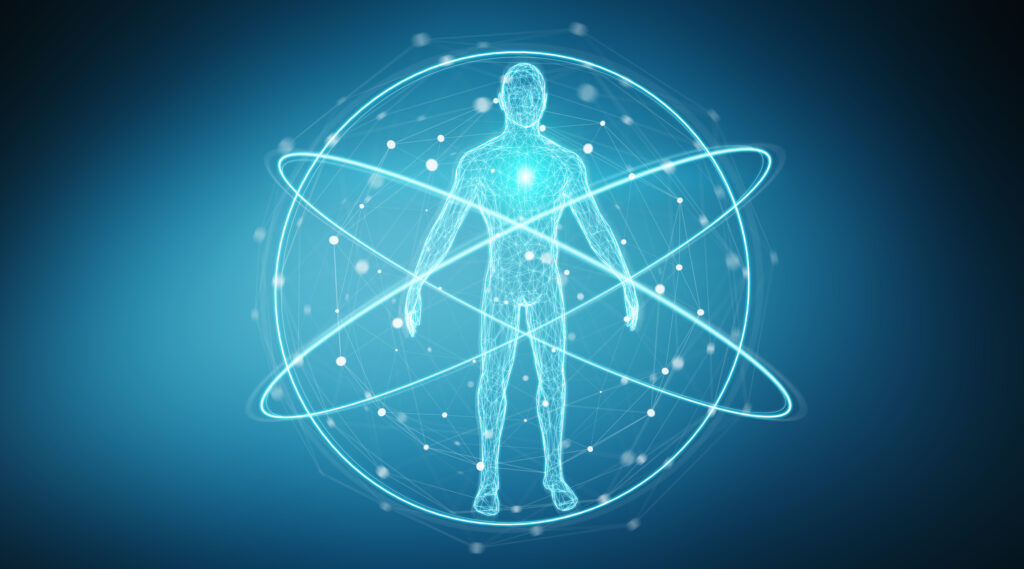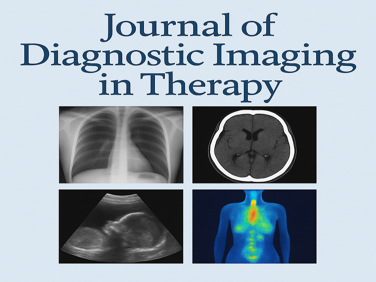Fluorine Radioisotopes
Fluorine radioisotopes are used in medical imaging to visualise various physiological processes in the body. These radiotracers contain a small amount of radioactive fluorine, typically fluorine-18 (F-18), which emits positrons. When these positrons encounter electrons in the body, they undergo annihilation, releasing two gamma rays detected by a PET (positron emission tomography) scanner. By tracking the distribution of the radiotracer in the body, PET can produce three-dimensional images of the organ or tissue being studied, providing valuable diagnostic information to physicians.
One of the main advantages of fluorine radiotracers is their ability to label a wide range of molecules, including proteins, peptides, and small molecules, making them a versatile tool in medical research.
For example, fluorodeoxyglucose (FDG), a radiotracer that contains a modified form of glucose labelled with F-18, is used to image glucose metabolism in tumours. FDG-PET has become an important tool in oncology, allowing physicians to detect and stage tumours, monitor response to therapy, and predict patient outcomes.
Another example of a fluorine radiotracer is florbetapir, which is used to image beta-amyloid plaques in the brain, a characteristic of Alzheimer’s disease. By using PET imaging with florbetapir, physicians can identify individuals with beta-amyloid accumulation in the brain, which can help with diagnosis and disease management. Fluorine radiotracers are also valuable in drug development, allowing researchers to track the distribution and pharmacokinetics of new drug candidates in real-time.
This information can be used to optimise drug dosing and predict drug efficacy and safety. Despite their numerous advantages, there are some challenges associated with the use of fluorine radiotracers. For example, the production of F-18 is limited and requires a cyclotron, which can be costly and complex to operate.
Additionally, the short half-life of F-18 (approximately 110 minutes) means that radiotracers must be synthesised rapidly and delivered to the imaging facility as quickly as possible to ensure optimal imaging results.
. You are here:
home » fluorine radioisotopes


